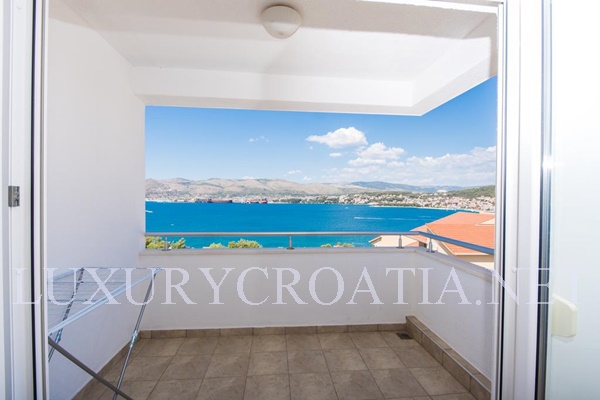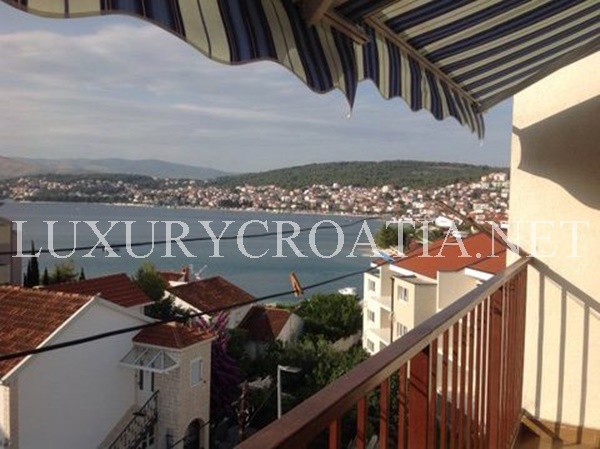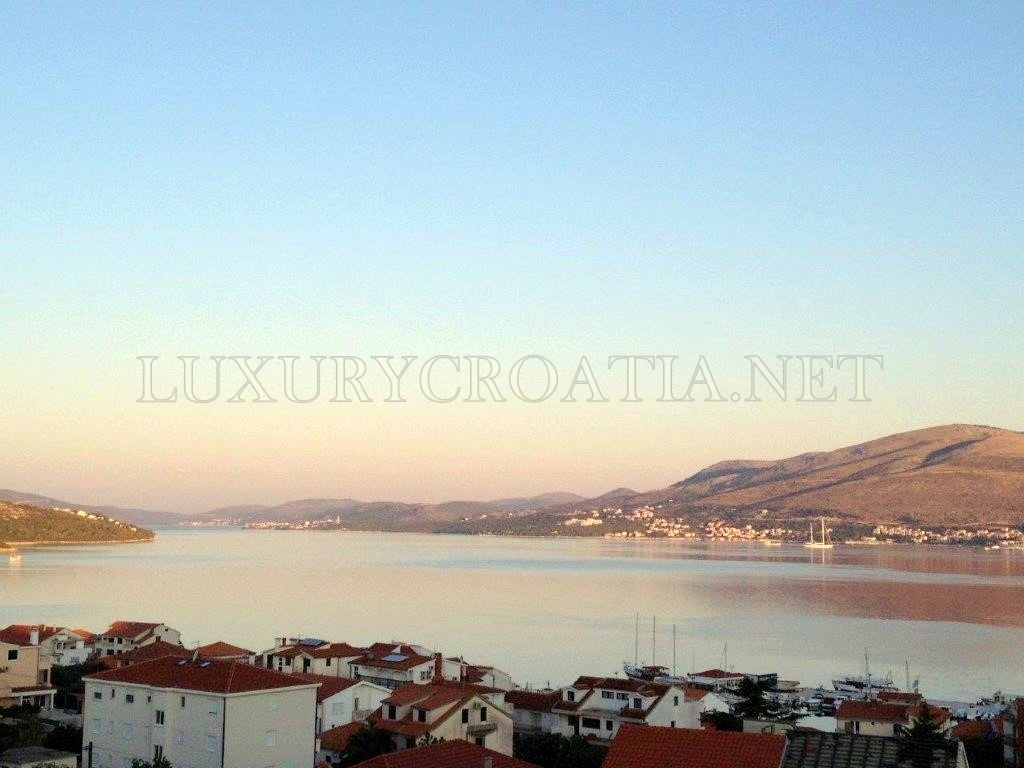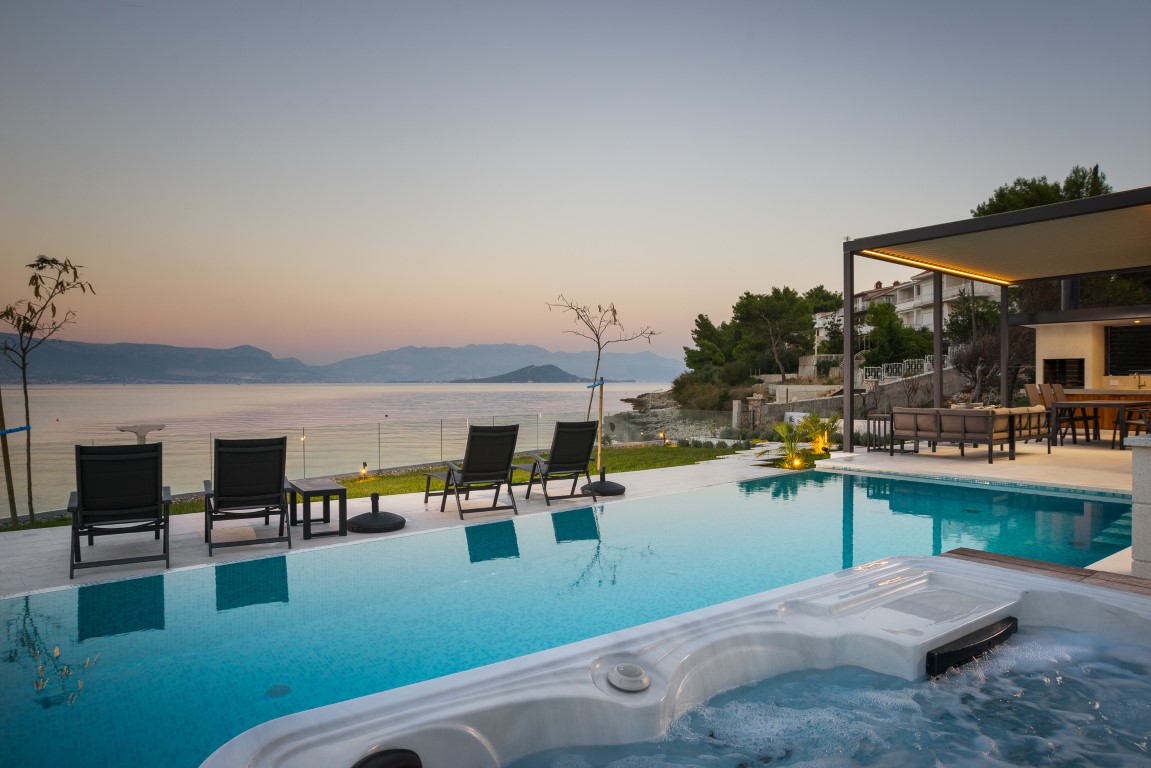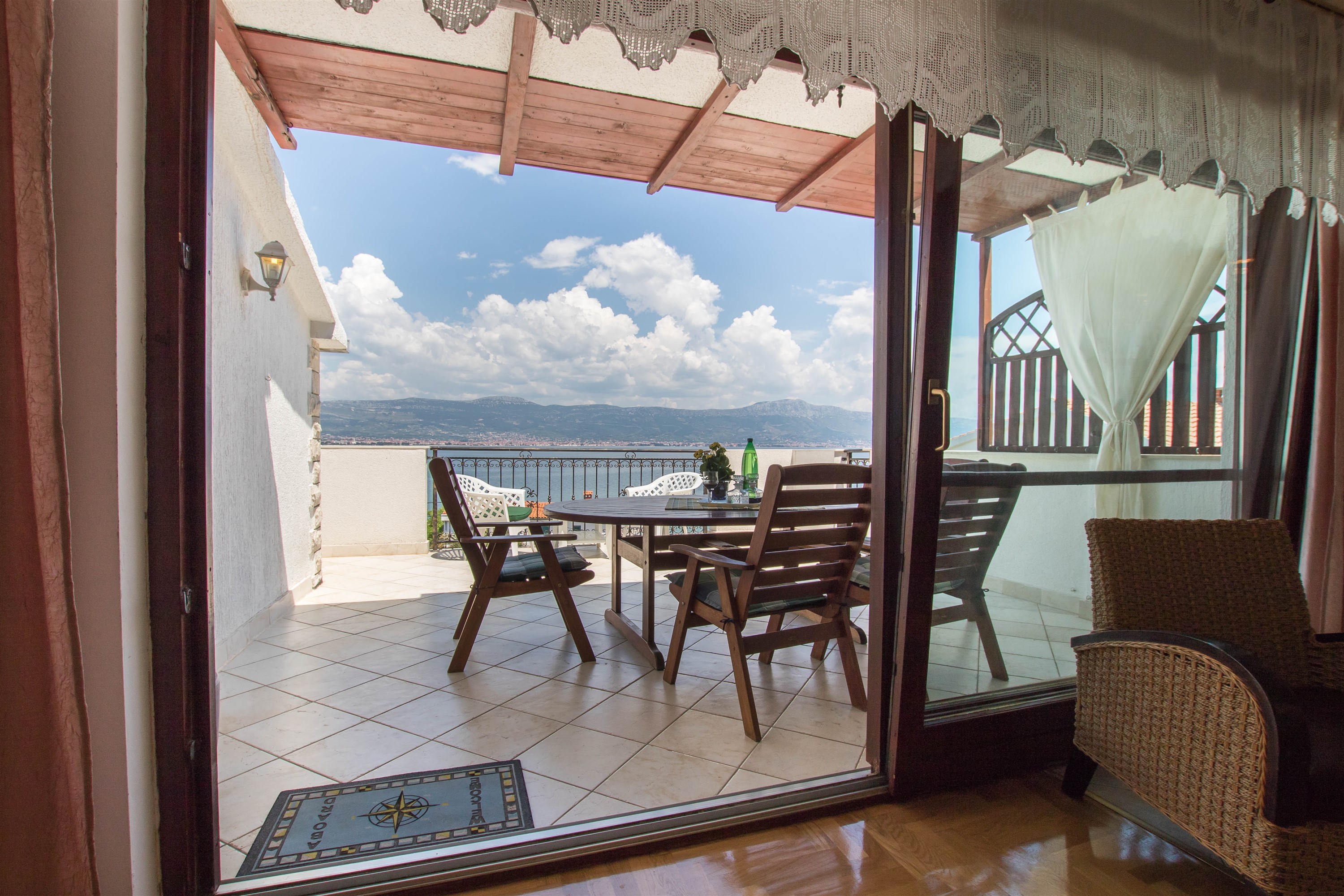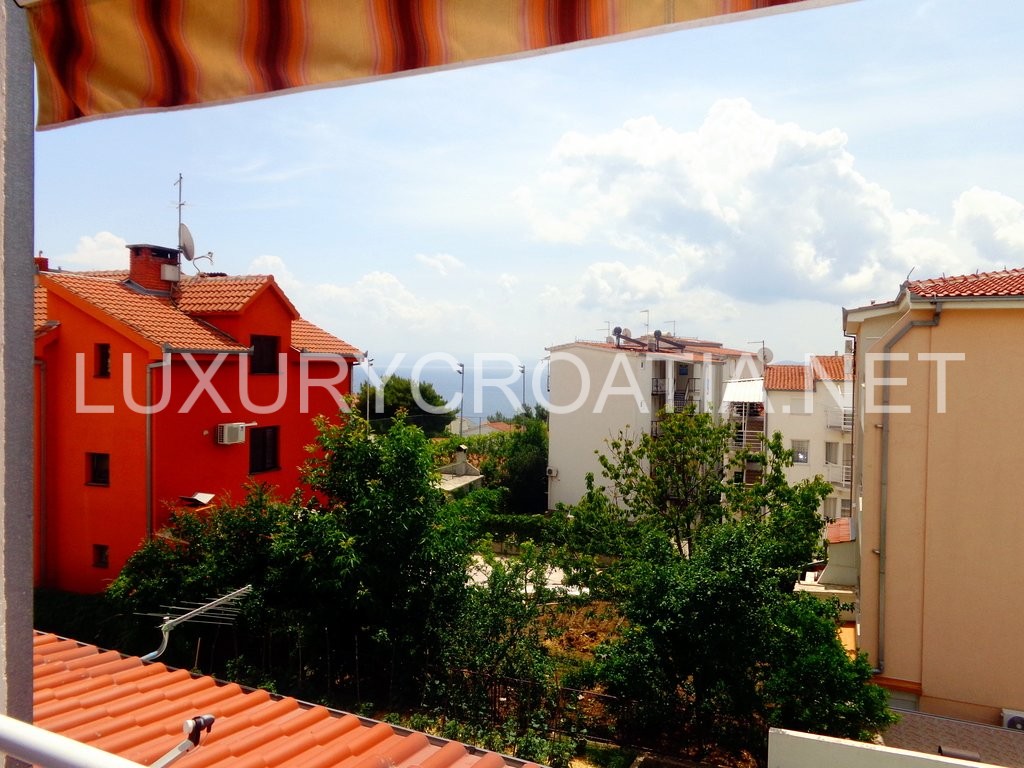SOLD:Apartmant for sale with pool in Okrug, Ciovo
-
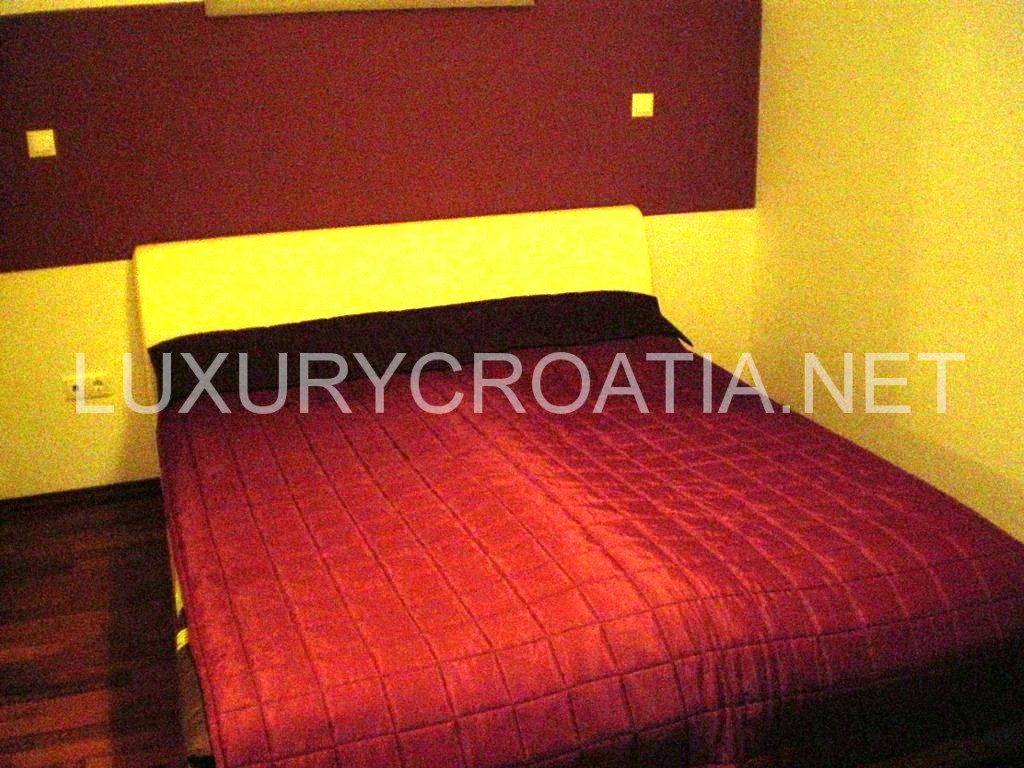 click on image to enlarge OLYMPUS DIGITAL CAMERA
click on image to enlarge OLYMPUS DIGITAL CAMERA
-
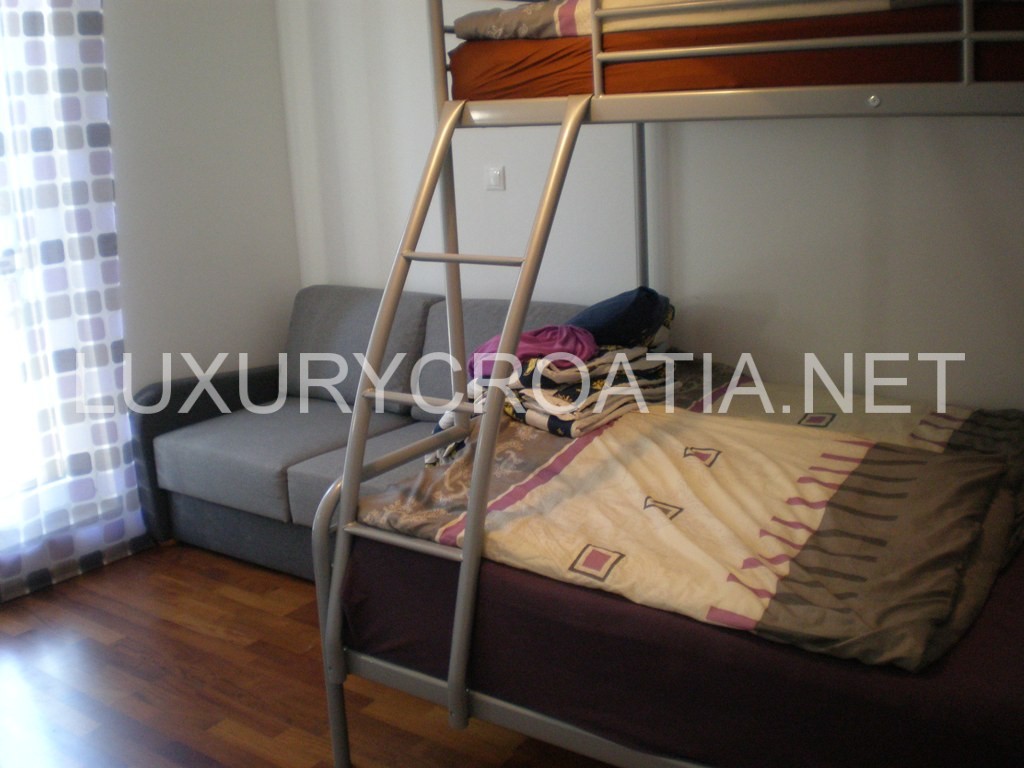 click on image to enlarge OLYMPUS DIGITAL CAMERA
click on image to enlarge OLYMPUS DIGITAL CAMERA
-
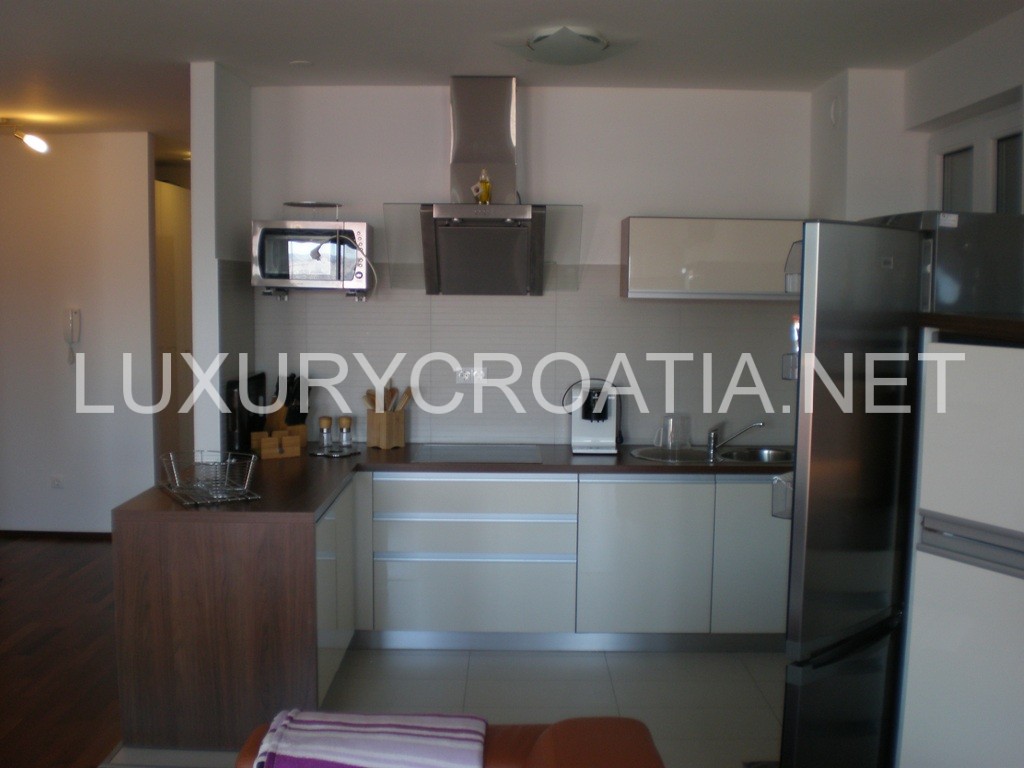 click on image to enlarge OLYMPUS DIGITAL CAMERA
click on image to enlarge OLYMPUS DIGITAL CAMERA
-
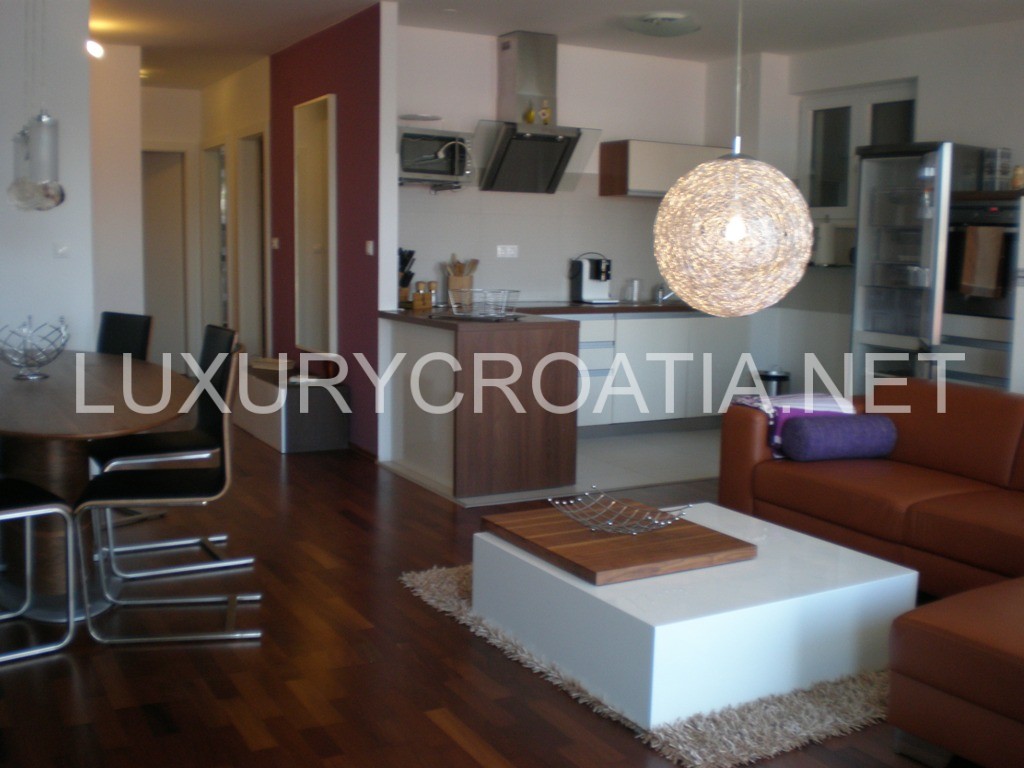 click on image to enlarge OLYMPUS DIGITAL CAMERA
click on image to enlarge OLYMPUS DIGITAL CAMERA
-
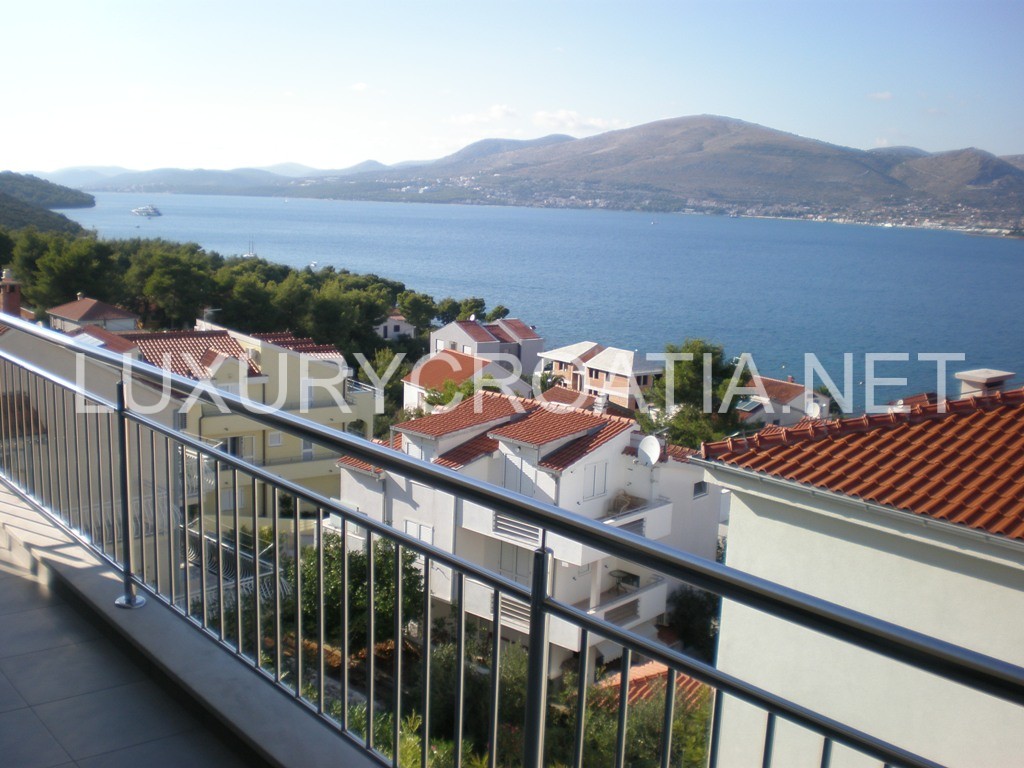 click on image to enlarge OLYMPUS DIGITAL CAMERA
click on image to enlarge OLYMPUS DIGITAL CAMERA
-
 click on image to enlarge OLYMPUS DIGITAL CAMERA
click on image to enlarge OLYMPUS DIGITAL CAMERA
-
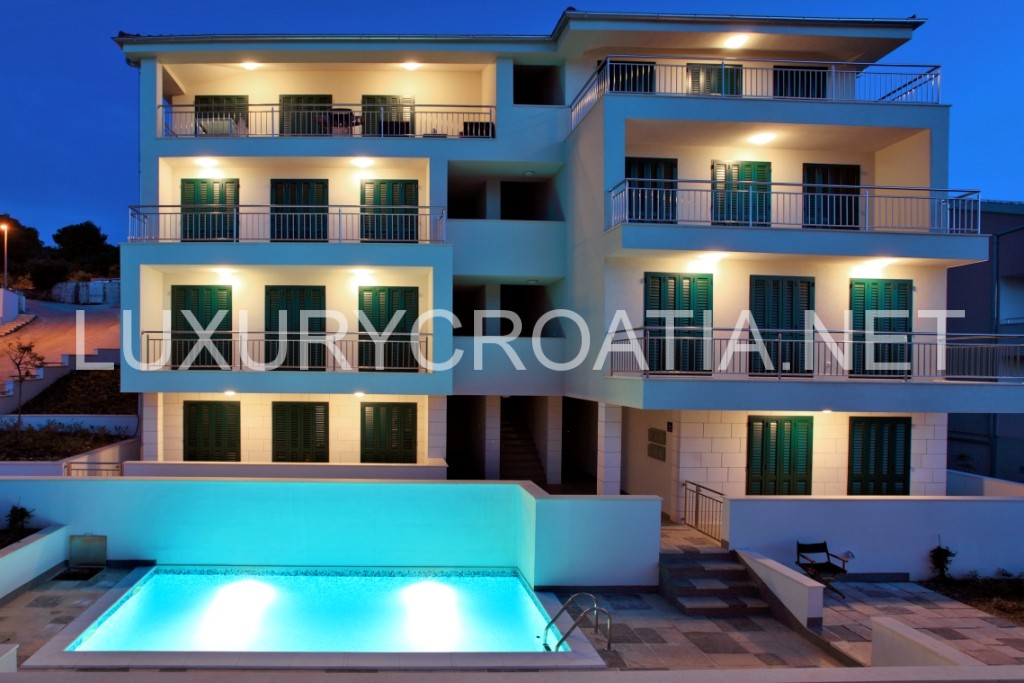 click on image to enlarge Apartmant for sale with pool in Okrug, Ciovo (2)
click on image to enlarge Apartmant for sale with pool in Okrug, Ciovo (2)
-
 click on image to enlarge Apartmant for sale with pool in Okrug, Ciovo (1)
click on image to enlarge Apartmant for sale with pool in Okrug, Ciovo (1)
Property Details:
- Categories: Apartment, SOLD
- Square meters: 89
- Features: 3% Agency Commission
About this Property:
(A-OK-CI-7)
Apartmant for sale in Okrug, Ciovo
Apartment for sale 89 m2. Parking place in price. Located in the third floor in the building. It consists of two bedrooms, bathrooms, living room, kitchen, storage room. Furniture is not in price. In the front of the apartment is swimming pool.
Trogir (Latin: Tragurium; Greek: Τραγύριον or Τραγούριον, Trogkir; Italian: Traù; Hungarian: Trau) is a historic town and harbour on the Adriatic coast in Split-Dalmatia County, Croatia, with a population of 12,995 (2001) and a total municipality population of 13,322 (2001). The historic city of Trogir is situated on a small island between the Croatian mainland and the island of Čiovo. It lies 27 kilometres west of the city of Split.
Trogir is an excellent example of urban continuity. The orthogonal street plan of this island settlement originates from the Hellenic era – consecutive rulers continued to decorate it with exceptional public and residential buildings and forts. Its beautiful roman churches are supplemented with exceptional renaissance and baroque buildings. The most significant building is the Trogir Cathedral with its west portal, a masterpiece of Radovan and the most significant example of roman and gothic art in Croatia.
Since 1997, the historic centre of Trogir has been included in the UNESCO list of World Heritage Sites.
trogirrrr trogir_sv_ivan Trogirw
In the 3rd century BC, Tragurion was founded by Greek colonists from the island of Vis, and it developed into a major port until the Roman period. The name comes from the Greek “tragos” (male goat). Similarly, the name of the neighbouring island of Bua comes from the Greek “voua” (herd of cattle). The sudden prosperity of Salona deprived Trogir of its importance. During the migration of Slavs the citizens of the destroyed Salona escaped to Trogir. From the 9th century on, Trogir paid tribute to Croatian rulers. The diocese of Trogir was established in the 11th century (abolished in 1828) and in 1107 it was chartered by the Hungarian-Croatian king Coloman, gaining thus its autonomy as a town.
In 1123 Trogir was conquered and almost completely demolished by the Saracens. However, Trogir recovered in a short period to experience powerful economic prosperity in the 12th and the 13th centuries. In 1242 King Béla IV found refuge there as he fled the Tatars. In the 13th and the 14th centuries, members of the Šubić family were most frequently elected dukes by the citizens of Trogir; Mladen III (1348), according to the inscription on the sepulchral slab in the Cathedral of Trogir called “the shield of the Croats”, was one of the most prominent Šubićs.
Trogir has a fascinating 2300 years of continuous urban tradition. Its rich culture was created under the influence of old Greeks, Romans, and Venetians. Trogir has a high concentration of palaces, churches, and towers, as well as a fortress on a small island, and in 1997 was inscribed in the UNESCO World Heritage List. “The orthogonal street plan of this island settlement dates back to the Hellenistic period and it was embellished by successive rulers with many fine public and domestic buildings and fortifications. Its beautiful Romanesque churches are complemented by the outstanding Renaissance and Baroque buildings from the Venetian period”, says UNESCO report.
Trogir is the best-preserved Romanesque-Gothic complex not only in the Adriatic, but in all of Central Europe. Trogir’s medieval core, surrounded by walls, comprises a preserved castle and tower and a series of dwellings and palaces from the Romanesque, Gothic, Renaissance and Baroque periods. Trogir’s grandest building is the church of St. Lawrence, whose main west portal is a masterpiece by Radovan, and the most significant work of the Romanesque-Gothic style in Croatia.
The most important sites:
Historical city core, with about 10 churches and numerous buildings from 13th century
The city gate (17th cent.) and city walls (15th cent.)
The Fortress Kamerlengo (15th century)
The Duke’s Palace (13th century)
Cathedral of St. Lawrence, Trogir from the 13th century with the Portal of Master Radovan, the unique work of this great Croatian artist
The big and small palaces Cipiko from the 15th century
The city loggia from 15th century

